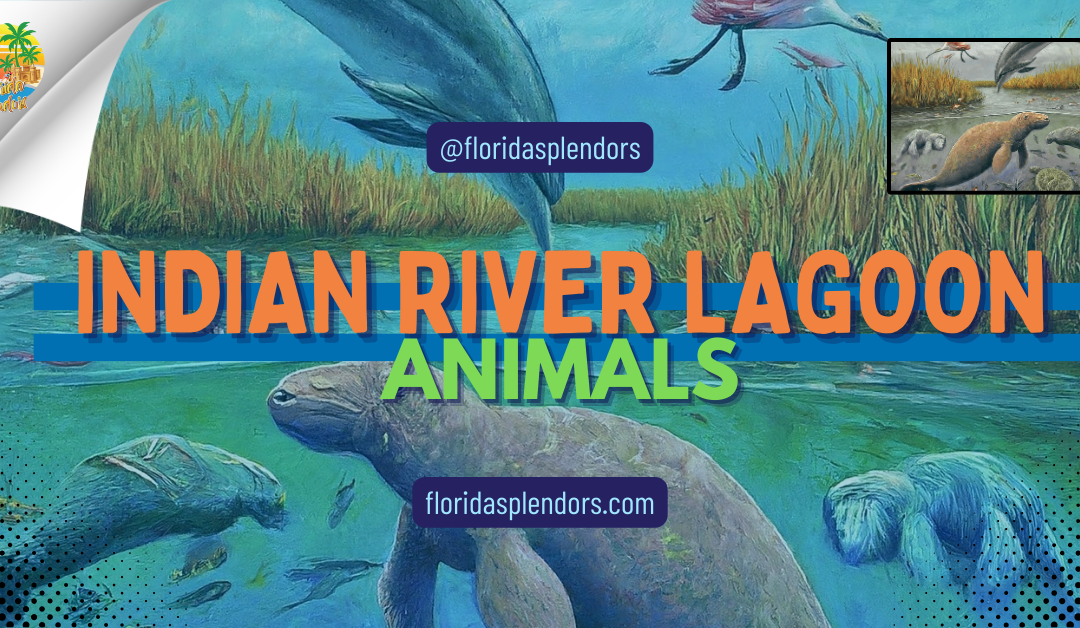==================
Florida Splendors is supported by our audience. When you purchase through one of our links, we may earn a small affiliate commission. As an Amazon Associate I earn from qualifying purchases. Your cost is not affected.
Join us on a journey through this aquatic paradise as we explore the diverse array of Indian River Lagoon animals that call this unique habitat home. A hidden gem of biodiversity and natural wonder lies along Florida’s eastern coast — the Indian River Lagoon. This expansive estuary is not just a scenic stretch of water; it’s a thriving ecosystem teeming with Indian River Lagoon animals. From playful dolphins breaking the surface to graceful manatees gliding through shallow waters and the colorful dance of shorebirds against the setting sun, the Indian River Lagoon offers a glimpse into a world where nature flourishes in abundance. Whether you’re a nature enthusiast or simply curious about the wonders of coastal Florida, prepare to be captivated by the rich tapestry of life that thrives within the waters of the Indian River Lagoon.
Indian River Lagoon Animals: Discover the Wildlife Wonderland
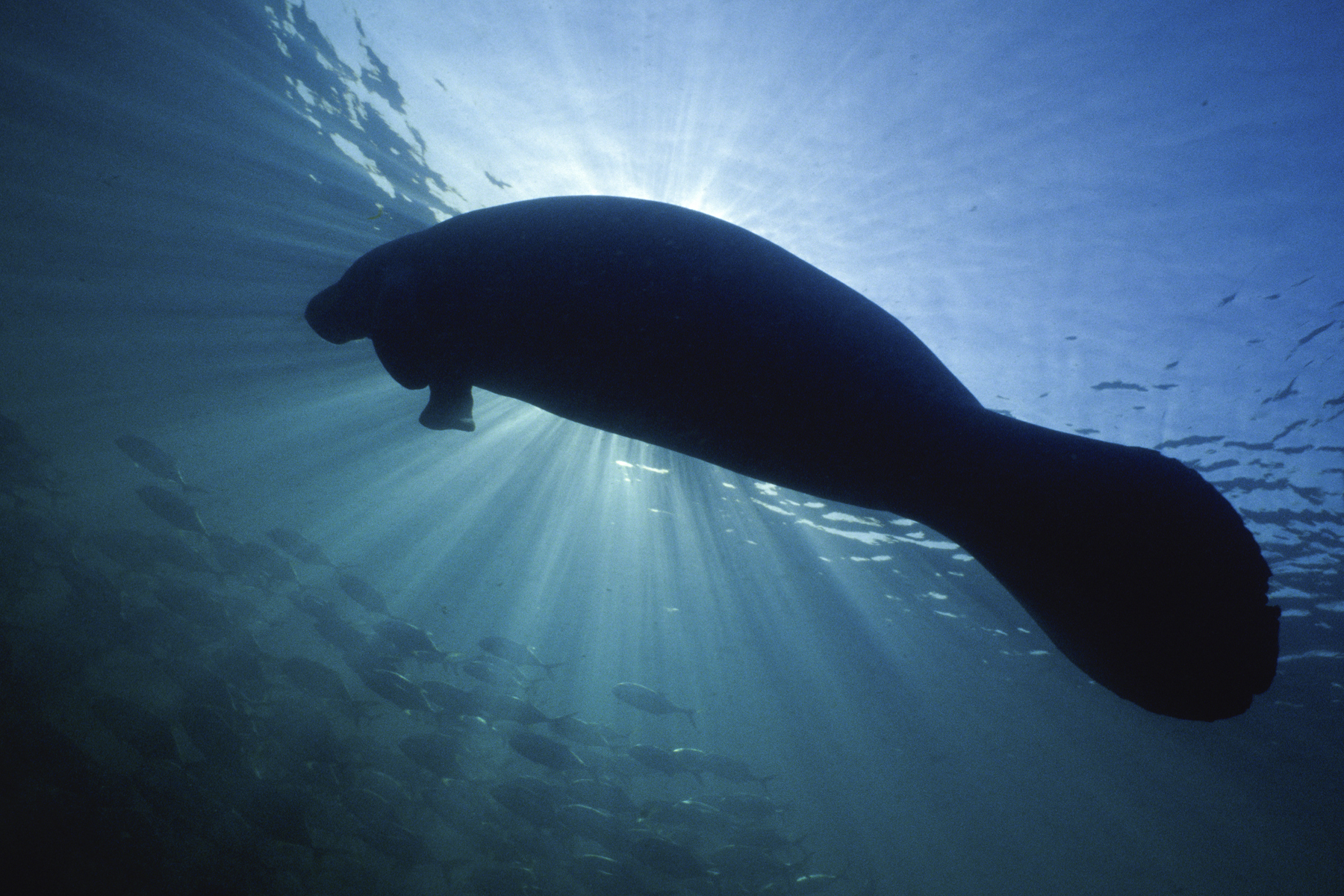
The Indian River Lagoon is a hub of biodiversity, teeming with a wide array of fascinating animals. Located along Florida’s Atlantic coast, this 156-mile-long estuary supports over 2,200 animal species. The lagoon is home to 685 fish and 370 species of birds, making it one of North America’s most diverse ecosystems. The balance of this delicate ecosystem relies on conservation efforts to maintain its health and diversity for future generations.
Key Takeaways
- The Indian River Lagoon, spanning 156 miles along Florida’s east coast, is a dynamic and diverse ecosystem comprising several unique habitats supporting thousands of plant and animal species.
- Within the Indian River Lagoon, fascinating animals such as bottlenose dolphins, manatees, and North American river otters thrive, each playing a unique role in the ecosystem of this vibrant estuary.
- Various bird species inhabit the Indian River Lagoon, ranging from wading birds to waterfowl and raptors. These birds utilize the lagoon’s diverse habitats for feeding, resting, and breeding.
- The Indian River Lagoon is home to a diverse array of reptiles and amphibians, including American alligators, various species of sea turtles, and a range of snakes and frogs.
- The Indian River Lagoon teems with a wide variety of fish and marine life, encompassing saltwater and freshwater species and a diverse population of invertebrates.
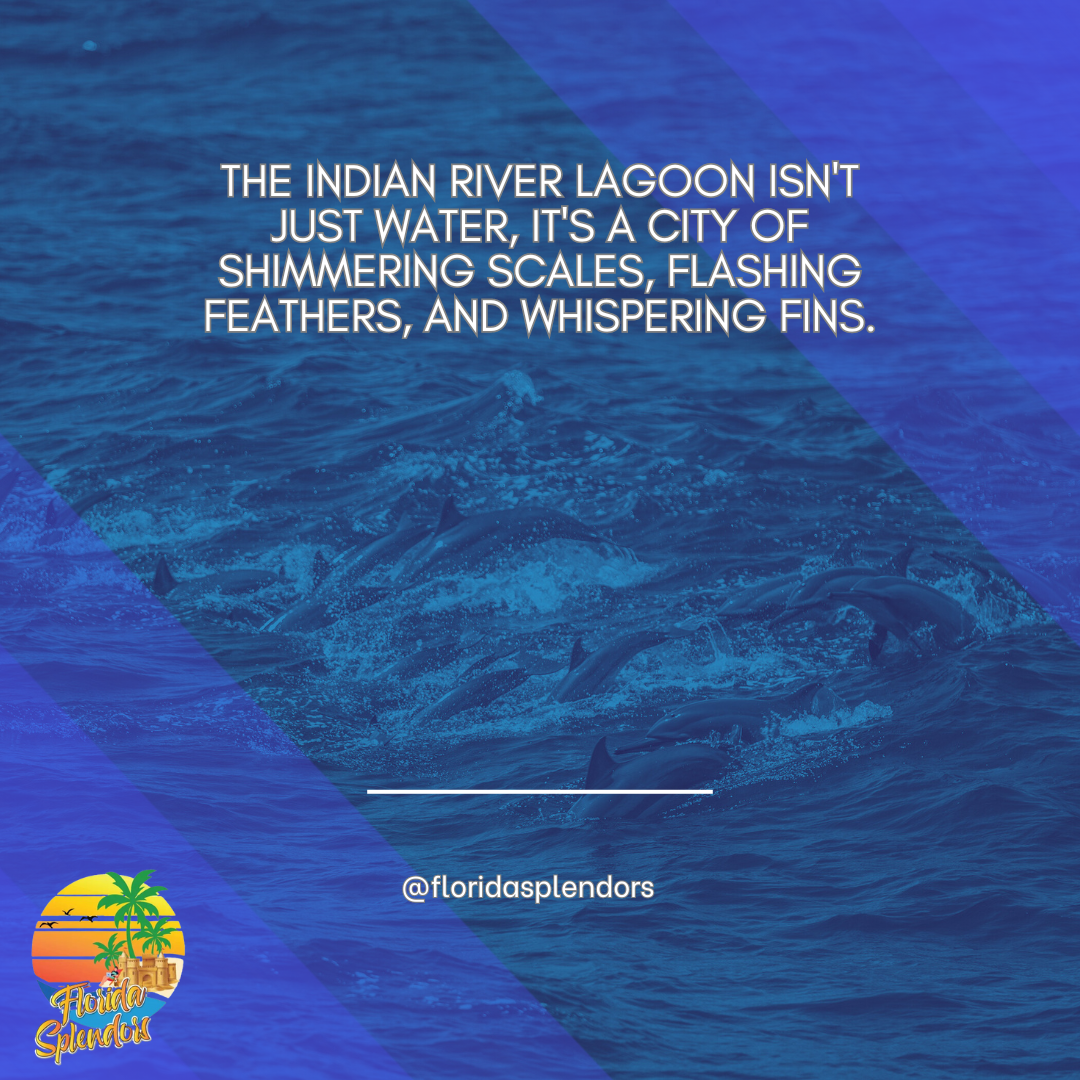
Overview of the Indian River Lagoon
The Indian River Lagoon is a dynamic and diverse ecosystem on Florida’s east coast. Spanning 156 miles, it comprises several unique habitats and supports thousands of species of plants and animals.
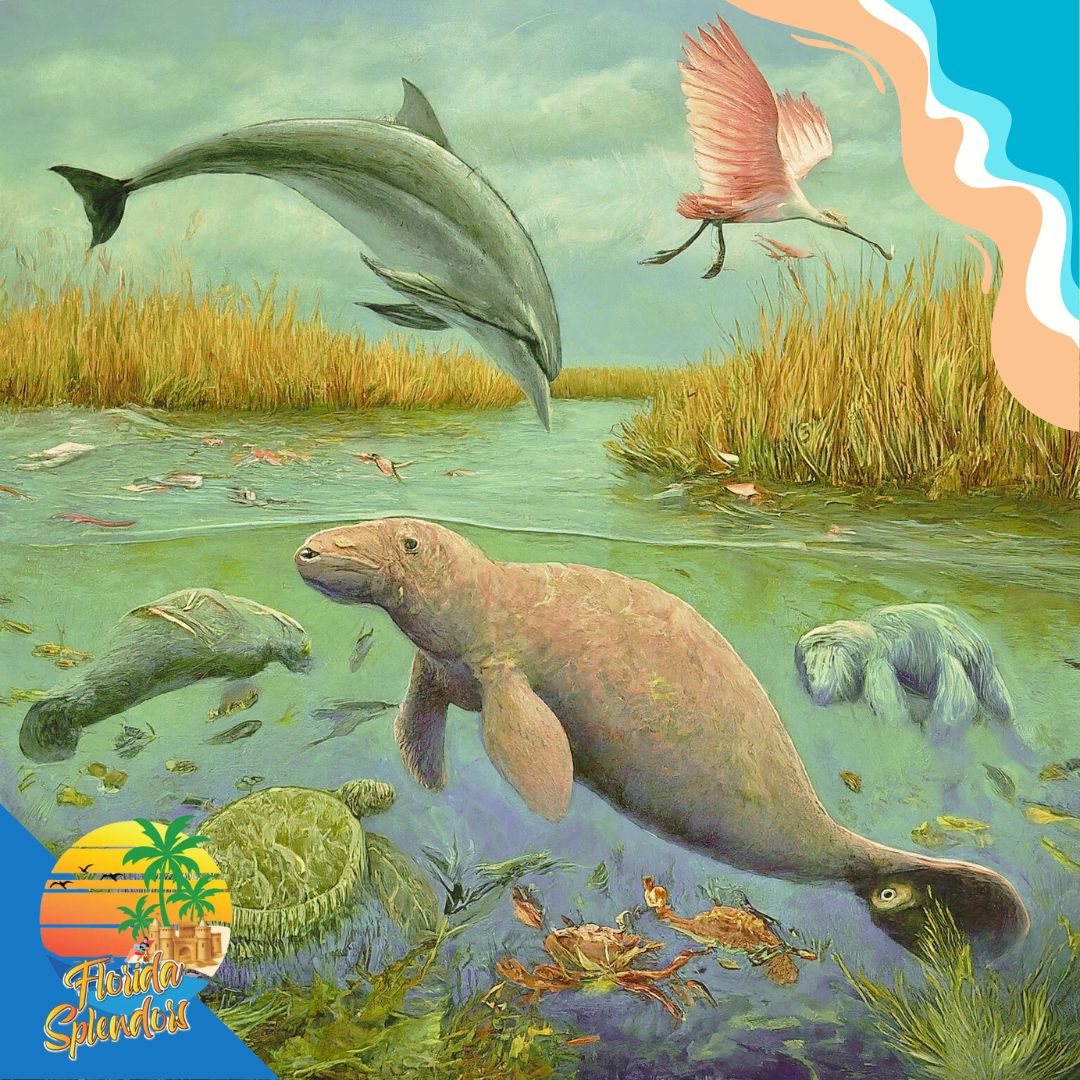
Geography and Habitat
The Indian River Lagoon stretches approximately 156 miles along Florida’s east central coast. It includes three main bodies of water: the Banana River, the Indian River, and the Mosquito Lagoon. Five inlets connect the lagoon to the Atlantic Ocean, creating a unique mix of saltwater and freshwater. This variety makes the lagoon an essential environment for many species.
Distinct terrestrial and marine ecosystems offer diverse habitats. Mangrove forests, seagrass beds, and salt marshes are common. Each habitat supports different types of wildlife, from fish and birds to reptiles and mammals. This blend of habitats makes the lagoon a key area for ecological studies and conservation efforts.
Biodiversity
The Indian River Lagoon is known for its incredible biodiversity. It hosts over 2,200 species of animals and 2,100 species of plants. This makes it one of the most diverse estuarine systems in North America. The lagoon’s unique location near a climate boundary contributes to this high level of biodiversity.
Indian River Lagoon Animals: Mammals of the Indian River Lagoon
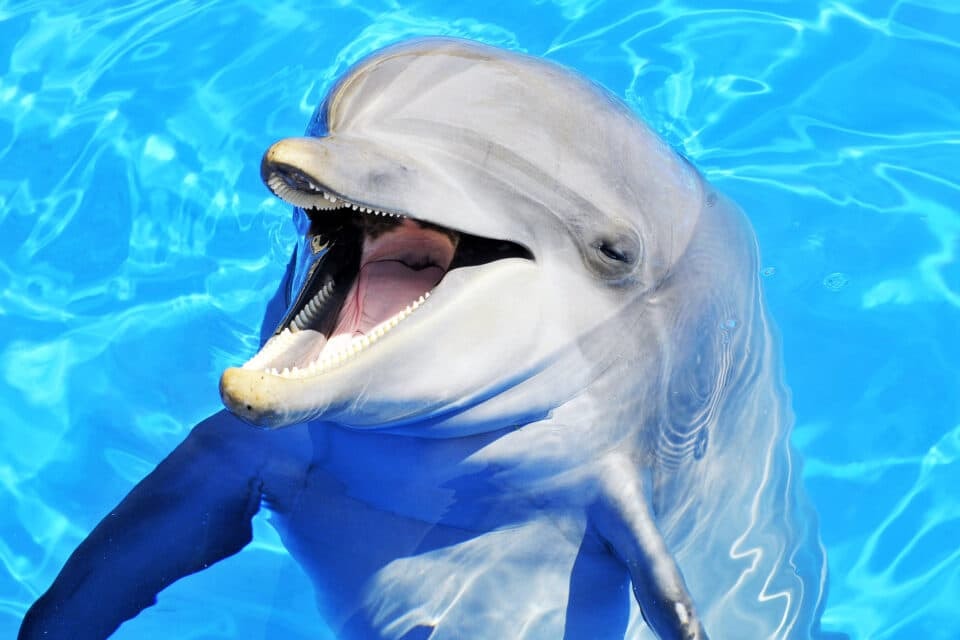
The Indian River Lagoon is home to a variety of fascinating Indian River Lagoon animals, including bottlenose dolphins, manatees, and North American river otters. Each of these species plays a unique role in the lagoon’s ecosystem.
Bottlenose Dolphins
Bottlenose dolphins are among the most well-known residents of the Indian River Lagoon. These intelligent and social animals often travel in groups called pods. You can spot them swimming, hunting, and playing in the waters.
Typical bottlenose dolphins in the lagoon measure about 8-12 feet in length and weigh between 300-1,400 pounds.
These dolphins are highly visible, often leaping out of the water or riding the waves created by boats. This makes them a favorite for wildlife watchers. However, boat traffic and pollution can be threats to their well-being.
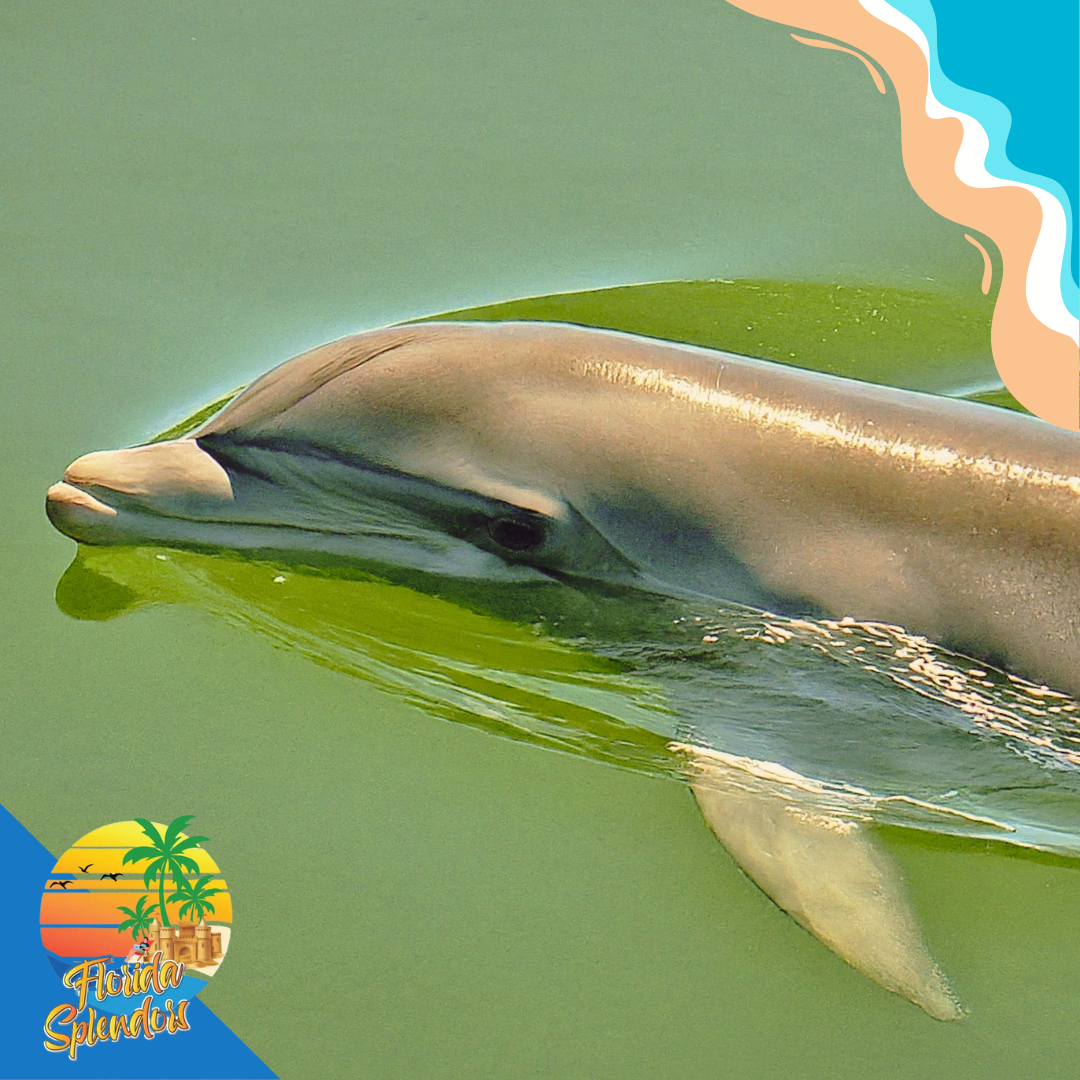
Did You Know?
Bottlenose Dolphins use echolocation to navigate and find food, mainly fish and squid.
Manatees
One of the Indian River Lagoon Animals is Manatees, also known as sea cows, are another iconic species of the Indian River Lagoon. These gentle giants reach an average length of 8-10 feet and weigh around 1,000 pounds. Manatees are herbivores that mainly feed on seagrass and other aquatic plants.
They are slow-moving and spend much of their time grazing in shallow waters. Despite their size, they are surprisingly graceful swimmers. The lagoon provides an essential habitat for manatees, particularly during the colder months when they seek warmer waters. Conservation efforts are crucial as manatees face risks from boat strikes and habitat loss.
North American River Otters
The North American river otter is one of the playful and agile Indian River Lagoon animals, known for its hunting skills and swimming abilities. These mammals have a streamlined body and webbed feet, making them excellent swimmers. River otters measure about 3-4 feet long, including their tail, and weigh 10-30 pounds. They feed on a varied diet that includes fish, crustaceans, and small mammals.
You can often spot otters playing or sliding down muddy banks. They are also known for building dens along the water’s edge. Though less visible than dolphins and manatees, they are integral to the lagoon’s ecosystem.
Indian River Lagoon Animals: Bird Species
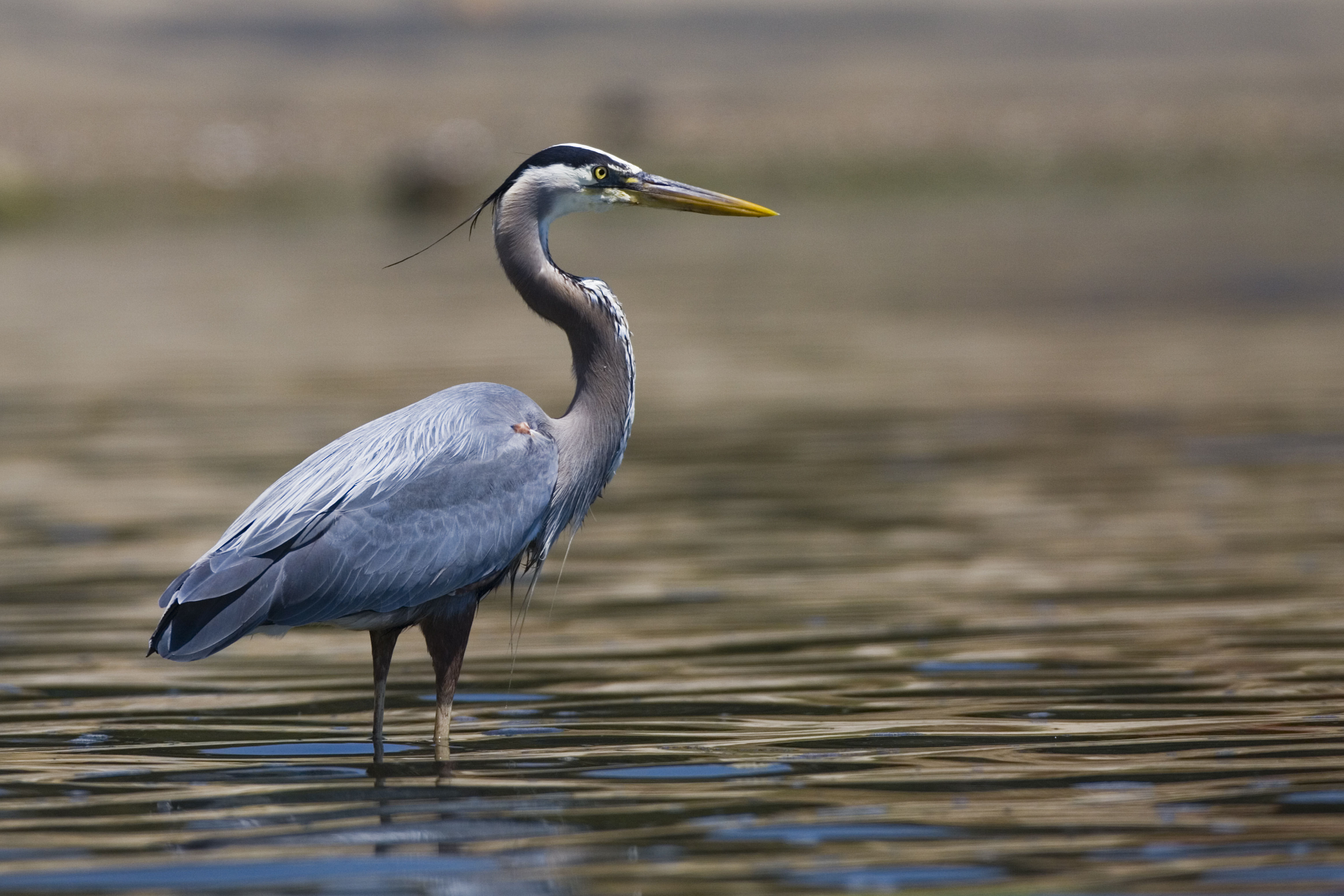
The Indian River Lagoon is home to various bird species, ranging from wading birds to waterfowl and raptors. These birds find the lagoon’s diverse habitats ideal for feeding, resting, and breeding.
Wading Birds
Wading birds are commonly seen around the shallow waters and marshes of the lagoon. Species like the great blue heron and roseate spoonbill are admired for their long legs and striking colors.
These birds hunt for fish, crustaceans, and insects by standing still and using their sharp beaks to catch prey. The lagoon’s mangroves and mudflats provide perfect foraging grounds. You can often spot white ibises and snowy egrets stepping gracefully through these habitats.

Waterfowl
The Indian River Lagoon is also a haven for waterfowl, especially during migration seasons. Ducks, geese, and swans are frequent visitors. You might see species like the mallard duck and Canadian goose paddling along the water.
These birds prefer open water areas where they can dive for aquatic plants and small fish. Waterfowl are important for maintaining the ecological balance as they help in seed dispersal and nutrient cycling. The lagoon’s protected waters give these birds a safe resting place during their long migratory journeys.
Raptors and Shorebirds
Raptors such as ospreys and bald eagles are among the fascinating Indian River Lagoon animals seen soaring above the lagoon, hunting for fish. You may catch sight of an osprey diving dramatically into the water to catch its meal. Bald eagles often perch high in trees, scanning the area for prey.
Shorebirds, including plovers and sandpipers, are commonly found along the sandy beaches and mudflats. They use their slender beaks to probe for insects, worms, and small crustaceans.
These diverse bird species make the Indian River Lagoon a critical area for birdwatching and conservation efforts.
Indian River Lagoon Animals: Reptiles and Amphibians
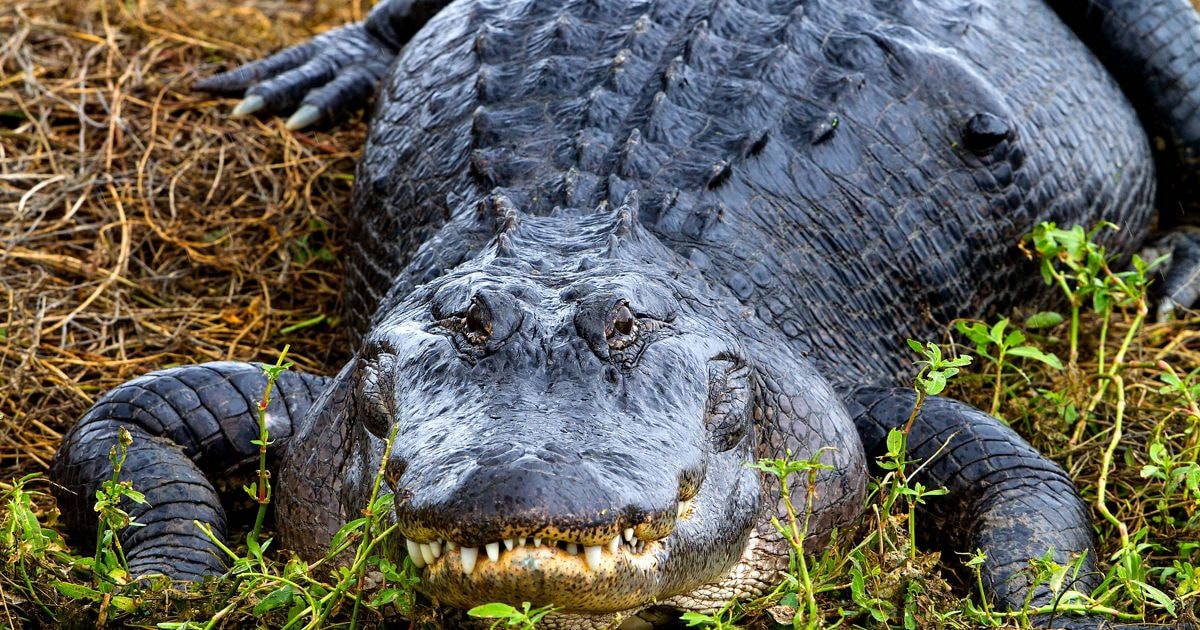
In the Indian River Lagoon, you can find a variety of reptiles and amphibians. These include American alligators, several species of sea turtles, and a range of snakes and frogs.
American Alligators
American alligators are one of the most fascinating reptiles in the Indian River Lagoon Animals seen. These large creatures can grow up to 13 feet long. You often spot them basking in the sun along the lagoon’s banks.
They are apex predators, meaning they sit at the top of the food chain. They primarily feed on fish, birds, and small mammals. During the breeding season, you might hear the bellowing sounds of male alligators as they attract females. Despite their fierce reputation, alligators are typically not aggressive towards humans unless provoked.
Sea Turtles
The Indian River Lagoon is an important habitat for various sea turtles, showcasing some fascinating Indian River Lagoon animals. Common species include the green turtle, loggerhead turtle, and leatherback turtle. You can see these turtles nesting on the beaches from June to September.
Female turtles come ashore to lay their eggs in the sand. After about two months, the eggs hatch, and baby turtles journey to the sea. Sea turtles often feed on seagrass in the lagoon.
This feeding behavior helps maintain healthy seagrass beds, which is essential for the lagoon’s ecosystem. Conservation efforts are crucial to protect these endangered creatures from threats like habitat loss and pollution.
Snakes and Frogs
Snakes and frogs also call the Indian River Lagoon home. You can find harmless species like the black racer and more dangerous ones like the eastern diamondback rattlesnake. Frogs are abundant, especially during the rainy season. You might hear their croaking sounds in the evenings and early mornings. Some common frog species include the green tree frog and the southern leopard frog.
Frogs play a significant role in the ecosystem by controlling insect populations and serving food for birds, fish, and reptiles. Watching these creatures in their natural habitat can be an exciting and educational experience. It’s important to respect their space and always observe wildlife from a safe distance.
Indian River Lagoon Animals: Fish and Marine Life
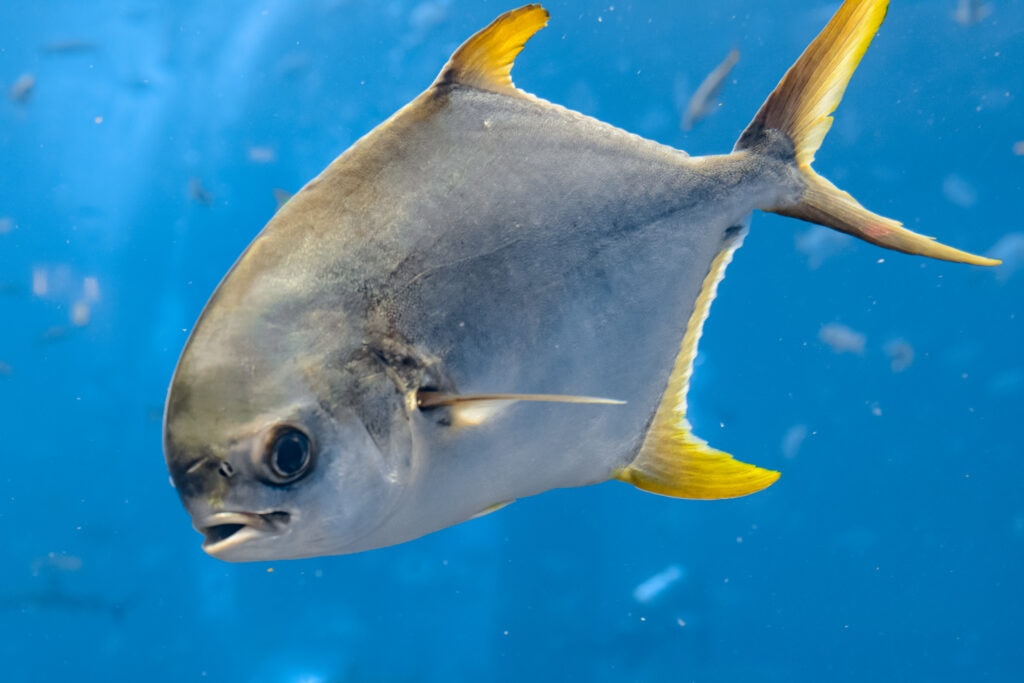
The Indian River Lagoon is filled with various fish and marine life. You’ll find both saltwater and freshwater fish as well as different invertebrates. This makes it a great spot for observing diverse aquatic species.
Saltwater Fish
Saltwater fish are plentiful in the Indian River Lagoon. Some common species include snook, redfish, and sea trout. These fish thrive in the estuarine waters, where saltwater from the Atlantic Ocean mixes with the freshwater from rivers. The lagoon’s unique environment also supports species like tarpon and flounder.
You might spot fish like Pompano and Sheepshead as well. These fish are vital for the local ecosystem and also popular among anglers. The Checkered Puffer Fish is another interesting catch, known for its distinctive markings and inflating ability.
Freshwater Fish
Freshwater fish in the lagoon are equally fascinating. Species such as largemouth bass and bluegill can be found where freshwater rivers meet the lagoon. These fish are adapted to the varying salinity levels of the lagoon’s waters.
Other notable species include the mosquito fish and mummichog, which are small but crucial for controlling insect populations. The sheepshead minnow is another species you’ll come across, known for its resilience in different water conditions.
Freshwater fish offer a different yet equally interesting side of the lagoon’s biodiversity. They contribute to the lagoon’s rich tapestry of marine life and provide food for larger predatory fish and birds.
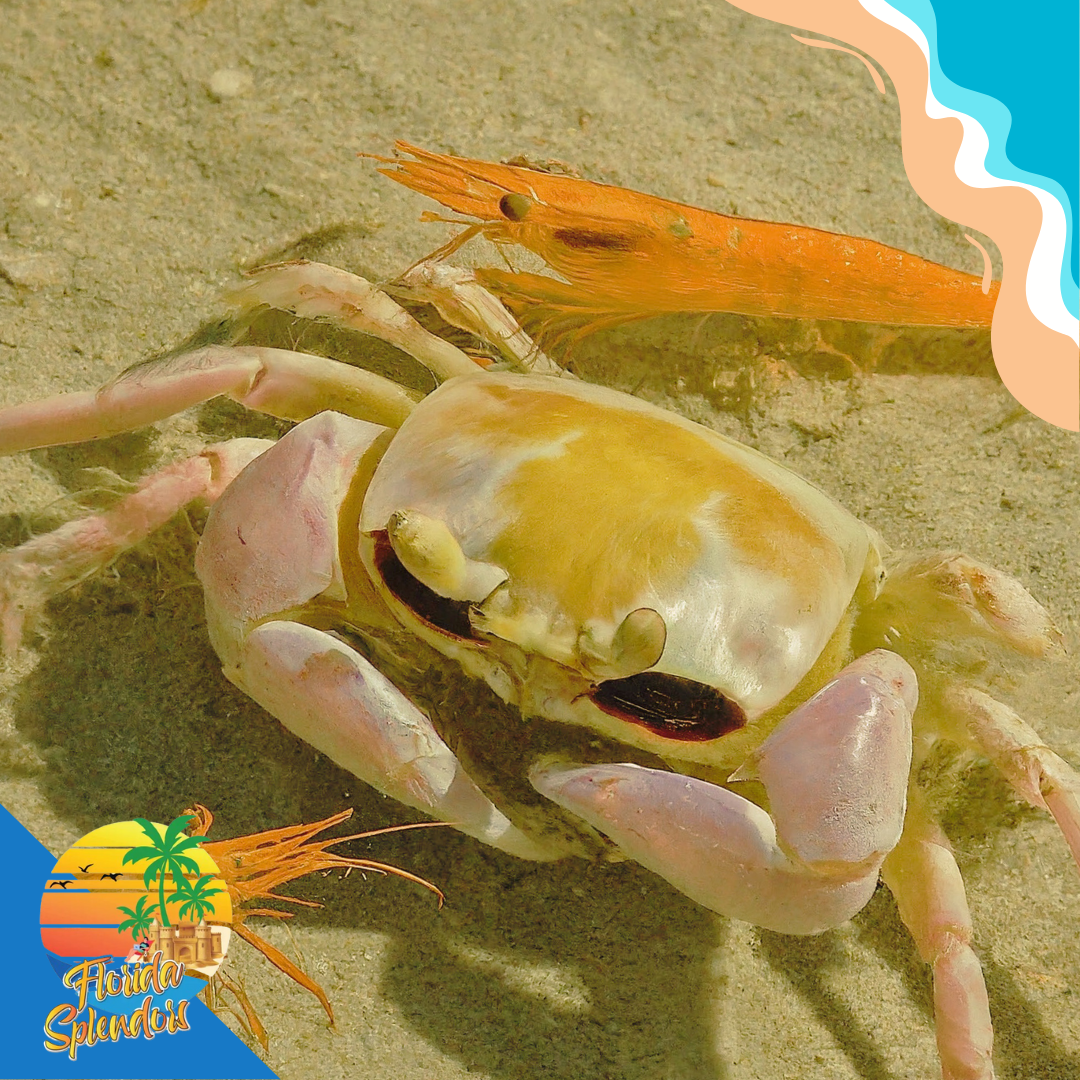
Invertebrates
Invertebrates play a crucial role in the lagoon’s ecosystem. You’ll find species like shrimp, crabs, and mollusks. These creatures are essential in the food chain, serving as prey for many fish and bird species.
Blue crabs and stone crabs are particularly noteworthy. They are both ecologically important and commercially valuable. The lagoon is also home to various jellyfish and sea urchins, which add to the diversity of marine life.
Sponges and anemones are other invertebrates you might encounter. These creatures contribute to the biodiversity and help filter water, maintaining the lagoon’s health.
Here’s a video about other creatures you can find in the Indian River Lagoon.
By: Peter
Discover the Rich Diversity of Indian River Lagoon Animals
The Indian River Lagoon offers a captivating glimpse into a thriving ecosystem brimming with life. As we’ve explored the diverse array of Indian River Lagoon animals—from the playful dolphins and majestic manatees to the vibrant bird species and elusive reptiles—it’s clear that this estuary is a treasure trove of natural wonders.
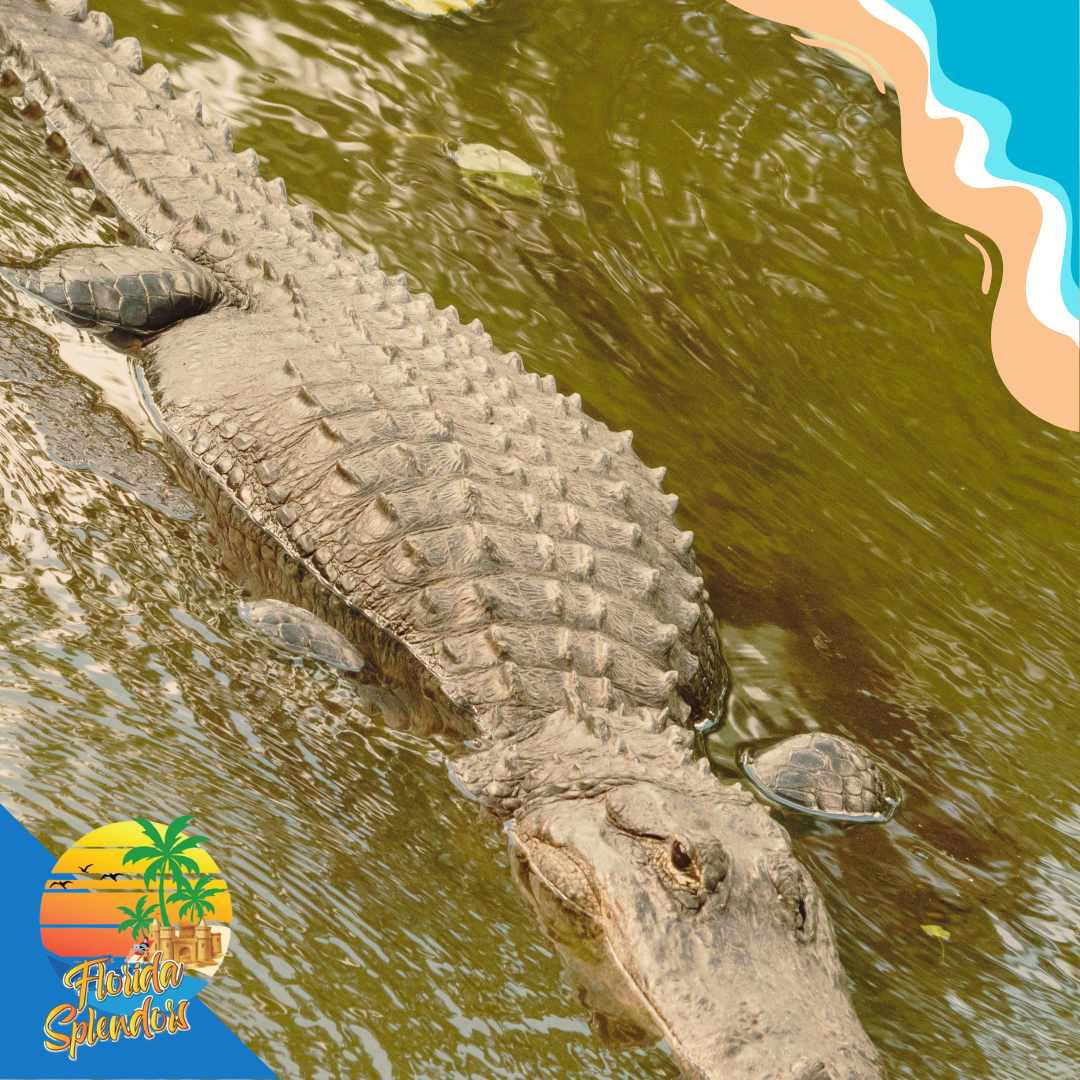
This unique habitat, with its mix of saltwater and freshwater environments, supports over 2,200 animal species and countless plants, making it one of North America’s most diverse and vital ecosystems. The lagoon’s health and abundance of wildlife remind us of the importance of conservation efforts to preserve these natural habitats for future generations.
Whether you’re a nature lover eager to see dolphins frolic, a birdwatcher hoping to spot an osprey, or simply someone who appreciates the beauty of untouched nature, the Indian River Lagoon promises an unforgettable experience. Let the richness of this natural wonder inspire you to learn more about its inhabitants and support the ongoing efforts to keep this ecological gem flourishing.
Frequently Asked Questions
What Are the Common Behaviors of Mammals in the Indian River Lagoon?
How Does the Indian River Lagoon's Ecosystem Support Different Bird Species?
Can You Encounter Manatees in the Indian River Lagoon?
Discover Florida’s Wonders with Us!
Follow us on social media for the latest in engaging content, product reviews, and a supportive community passionate about Florida. Join us today and connect with fellow enthusiasts who share your love for the Sunshine State!
Stay updated, inspired, and connected. See you there!

